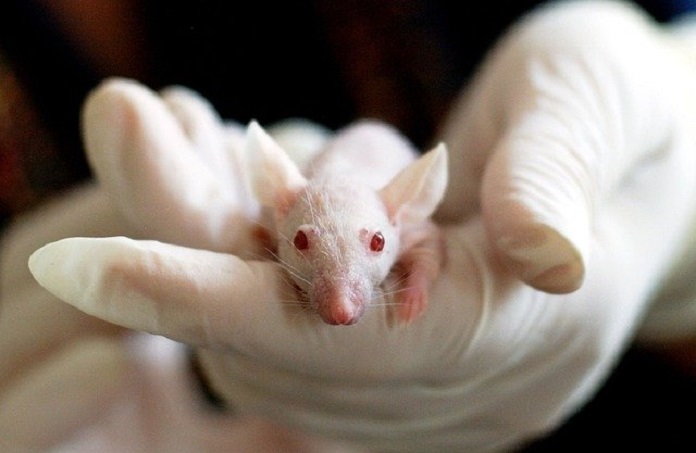Locomotion, the ability to move from one place to another, is something that we rarely think about in our day to day lives. Locomotion is a highly complex human function that requires properly functioning electrical circuits in the brain and the spinal cord. One key component of these circuits are motor neurons, which are nerve cells that convey electrical impulses from the brain or spinal cord to muscles. These electrical signals regulate muscle relaxation and contraction, which helps individuals move.
In patients that suffer spinal cord injuries, the electrical impulses to the motor neurons in the spinal cord are damaged. Spinal cord injuries also result in direct damage to motor neurons themselves. Together, the impaired communication between other neural circuits and motor neurons, as well as the damage afflicted to the motor neurons themselves, results in poor locomotion. Currently, there are no effective therapies available for restoring full locomotor function in patients with spinal cord injuries.
In a recent study, published in Nature Communications, researchers modeled spinal cord injury in mice to investigate the mechanisms by which neurotrophin-3 (NT-3) improves locomotion. Neurotrophin-3 is a protein in humans that was recently shown to promote locomotion recovery and reduce neuron damage. The authors started their experiments by demonstrating that NT-3-mediated recovery in locomotion following contusion of the spinal cord required both functional descending pathways that connect to motor neurons, as well as functional recovery of the motor neurons themselves. The descending nerves that are spared after spinal cord injury were shown to be critical for proper NT-3-mediated functional recovery in movement.
Next, the authors conducted a more thorough analysis of the different neural circuits that were affected following spinal cord injury. They found that the corticospinal tract and the rubrospinal tract were interrupted at the site of injury, whereas the descending propriospinal tract (dPST) and motor neuron connections remained intact. They further showed that intact dPST was critical for NT-3-mediated recovery following spinal cord injury. Lastly, they demonstrated that NT-3 recovery was mediated by promoting regrowth of damaged motor neurons, rather than by preventing damage.
This is the first study to investigate the underlying mechanism via which NT-3 confers locomotion recovery. Together, these findings will help inform future research investigating novel mechanisms of locomotion recovery following spinal cord injury.
Written by Haisam Shah
Reference: Han, Q., Ordaz, J. D., Liu, N. K., Richardson, Z., Wu, W., Xia, Y., … & Shields, C. B. (2019). Descending motor circuitry required for NT-3 mediated locomotor recovery after spinal cord injury in mice. Nature Communications, 10(1), 1-16.
Image by Tibor Janosi Mozes from Pixabay



